We have already talked about enough parks and gardens, such as the "Jardim da Sereia" in Coimbra, the Joan Fuster Park and the Jardinet in Gandía. But we still have many more to explain, as is the case with the Jardim Botânico de Coimbra (Botanical Garden of Coimbra).
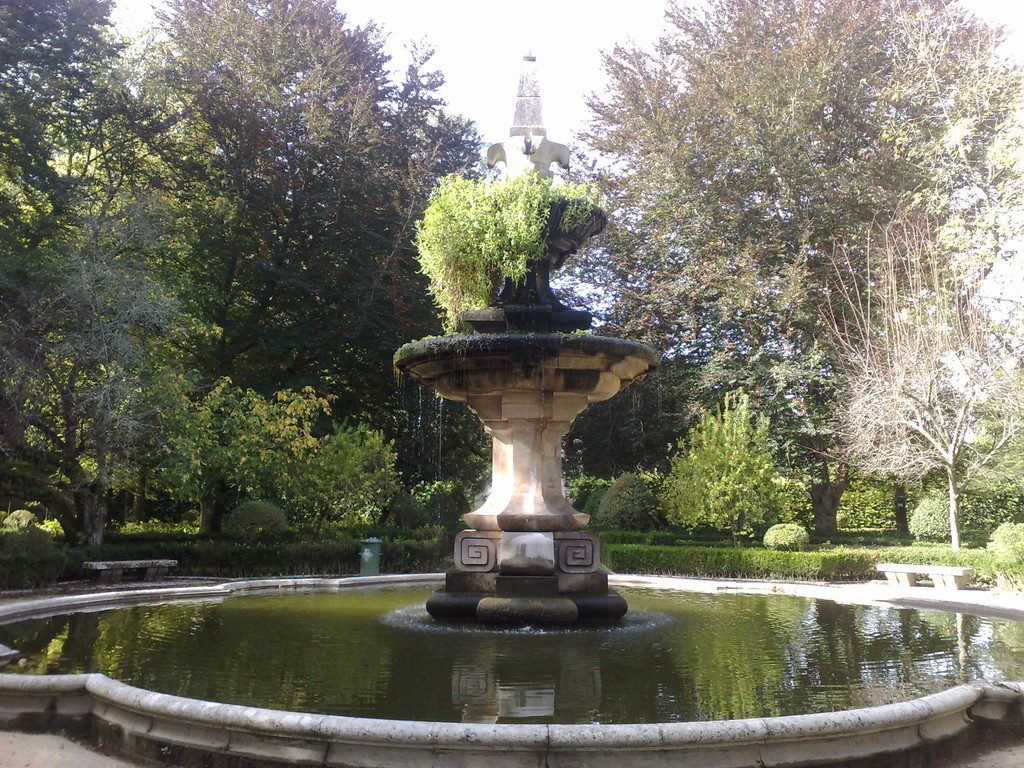
How to get there
The botanical garden is fenced, so there are actually only two gates: one in the street "Bairro Sousa Pinto" and another near the "Avenida dos Combatentes da Grande Guerra". You can get there by bus with lines: 1A, 11, 24, 103.
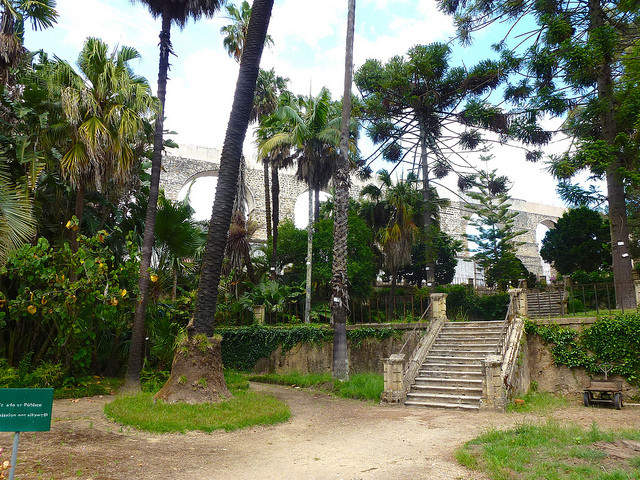
source
A bit of history...
The botanical garden's origin is from the Pombaline reform of the Marquis de Pombal, which I have already spoken about in other articles. The Marquis of Pombal introduced a great educational reform in the form of an update to the liberal state (better named as "pre-liberal" because Portugal continued being an absolute monarchy).
And what does this have to do with the botanical garden? Well, the University of Coimbra was the only university in Portugal, although in the 19th century new universities appeared in Porto and Lisbon. The field of knowledge was based on Portuguese law, Ecclesiastical law, medicine and little else.
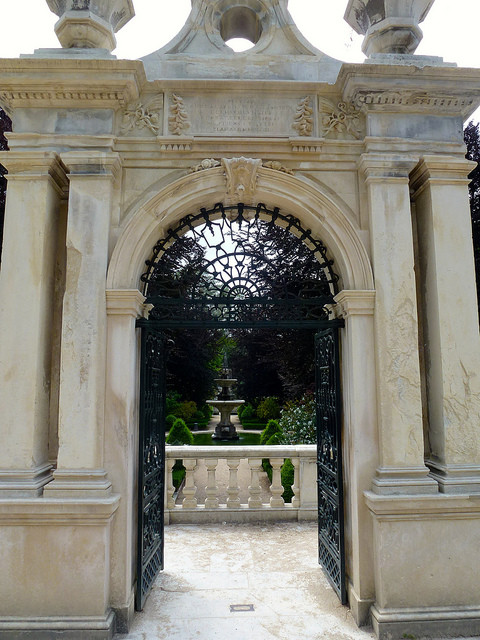
source
The Pombaline reform brought expansion to new fields of knowledge such as botany. Created in 1772 and extended to 1774, the botanical garden had Domingos Vandelli and, from 1790, Avelar Brotero as it's first people in charge. Avelar Brotero was a professor of botany and agriculture who has made the botanical garden into what it looks like today, more or less.
In 1873, the works of Professor Julio Henriques led to exchanges of plants from all parts of the world, such as Australia and other parts of Europe. In the 20th century, the work of botanist Luís Wittnich Carrisso stood out between 1918 and 1937 (the year of his death) when he enriched the garden with new plant species from Africa, particularly from Angola (a former Portuguese colony where Portuguese was spoken).
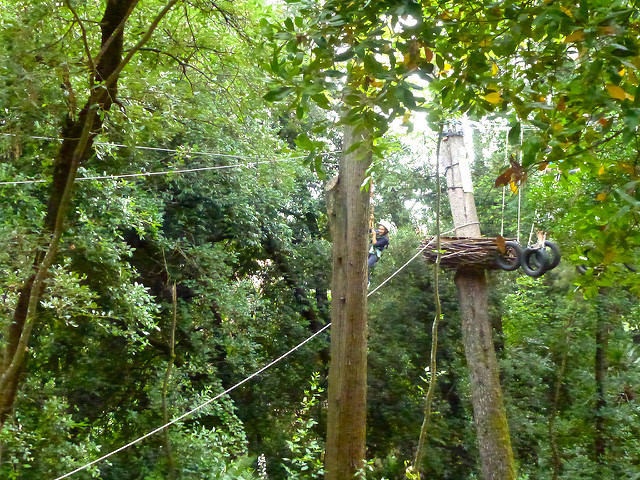
source
The botanical garden
Let's enter through the gate closest to the university, the "Portão dos Arcos" (Arcos Gate). There is kind of a small square with statue of Professor Julio Henriques.
The sculpture was made by Barata Feio in 1951. Nearby is the "Estufa Grande" and the "Estufa Victória". Estufa has nothing to do with the word in Spanish (estufa = stove), since it means greenhouse in this context. If we mean "stove" in Portuguese we will say "fogão".
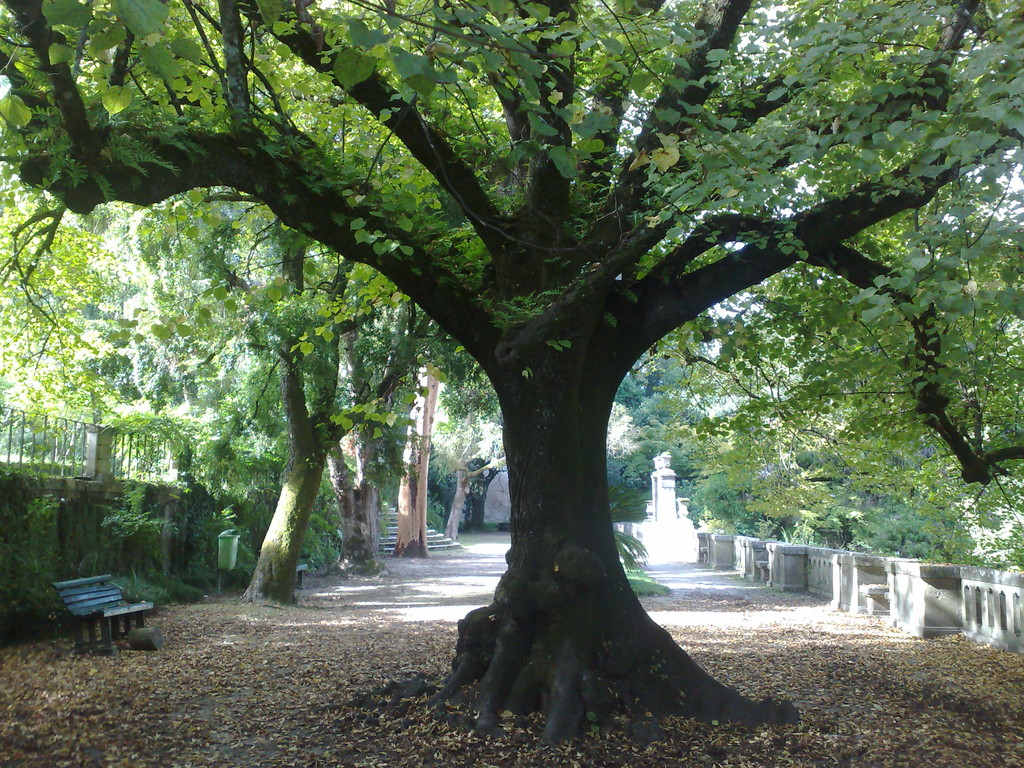
The Estufa Grande is the greenhouse that, as its name indicates, is the largest. Inside the greenhouse we can find several tropical species such as orchids and some carnivorous plants.
While the Estufa Victória gets its name because of the scientific name of the water lily, whose origin is from "Victória cruziana". Inside, there is a small artificial lake where you can see this water lily that, if I'm not mistaken, is the largest water lily in the world. It is almost necessary to see them both, so much so that they are in the guided visit and not free, unlike the rest of the place.
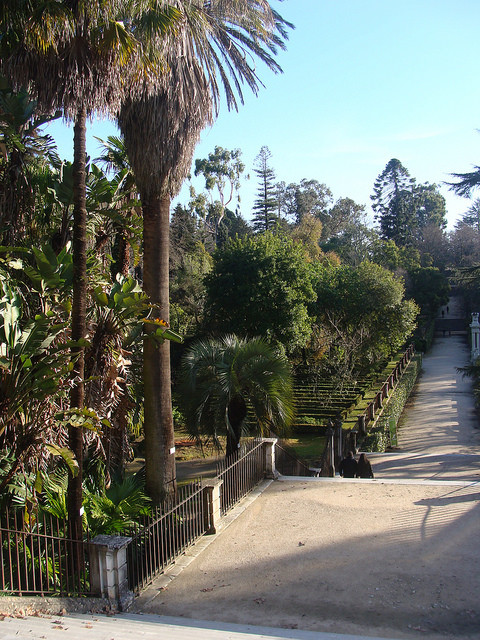
source
Then we will enter through the "Portão de Dona Maria I" to the so-called "Quadrado Central" or "Fontanário". It receives those two names because it's a square and there's a fountain in the middle
Nearby we have the Estufa Fria (the Cold Greenhouse), made in the 1950s by the botanist Abílio Fernandes. There are several plants that are adapted to a humid and cold environment, hence the name of the greenhouse. Inside, you can see a statue with the name "Botânica" made by the sculptor Martins Correia. It represents the science of plants.
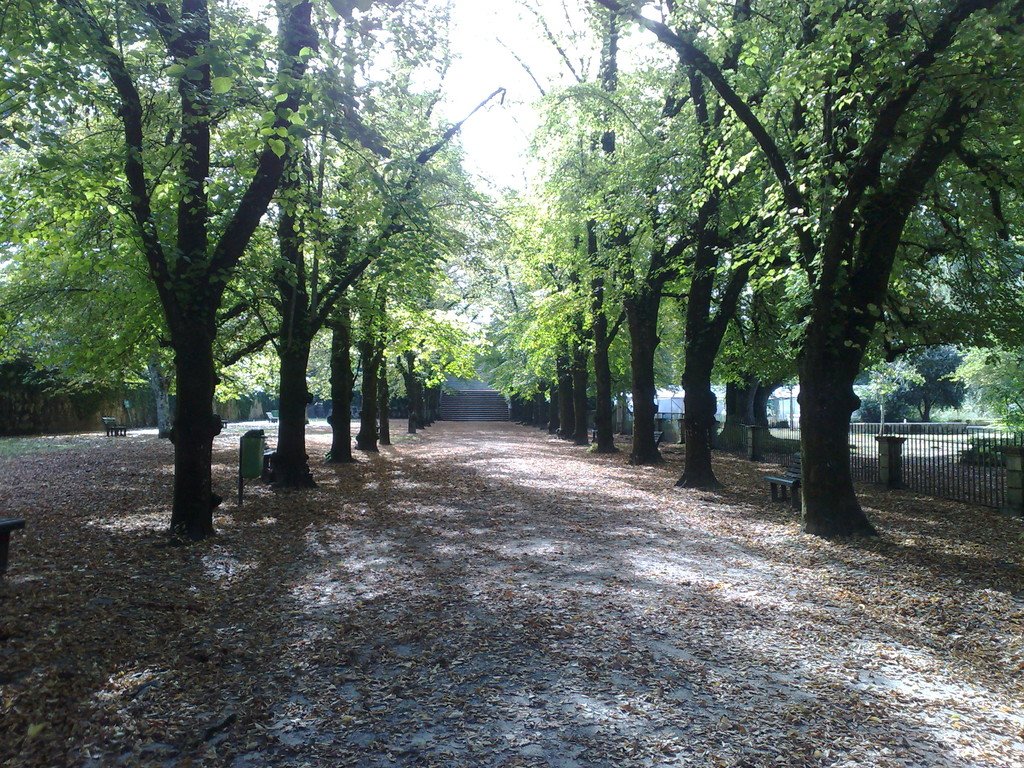
If we go towards the so-called "park", it is no longer a garden in itself, but a playground where they have created various rope games for children. In some maps I can see that there is a pedestrian path there, but I did not see where it was. You have to pay for the rope activities.
Anyway, here you can see the Chapels of São Idílio and São Bento, both from the 18th century. It stands out for having a large number of different species of bamboo.

We will leave here and continue along the "Alameda Central" (Central Avenue) which, as its name indicates, is a small path surrounded by trees. We will continue through the "Alameda das Tílias" (Lime Blossom Avenue), which is a very beautiful place, especially in autumn, as you can see in some of the photographs.
At the end of the Alamedas, we will pass through a small garden and arrive at the "Portão Principal" (Main Door), of neoclassical style and iron, made in 1884.
But we aren't finished yet, we still have the Alameda de Júlio Henriques. The name comes from several of the species that he brought with him, the only part that has inscriptions indicating the origin of the trees. Also name the "Escolas Sistemáticos" small seed reserve orchards for the garden, highlighting the Médica plant (the name comes from its medical remedies) for its aromas.
In short, I think it's a nice garden but I imagined a lot more. The part with the greenhouses is nice.
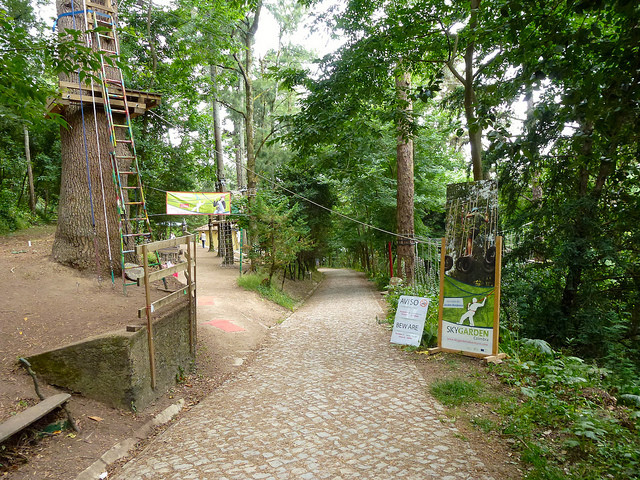
source
More signposts are needed because you barely know where you're going if you don't get some information beforehand. You can be disappointed by its small size, as two-thirds of the place is occupied by the part of the playground.
It ends up being similar to Manneken Pis, one hears a lot about the botanical garden and in the end, other places in Coimbra which are less-known, or not as publicised as the "Penedo da Saudade" are prettier and better. I'd recommended it for a quick visit, but it does not deserve much time beyond thinking about the Alameda das Tílias in autumn and spring.

source
 What to see Coimbra,
Coimbra,
Portugal
What to see Coimbra,
Coimbra,
Portugal



































